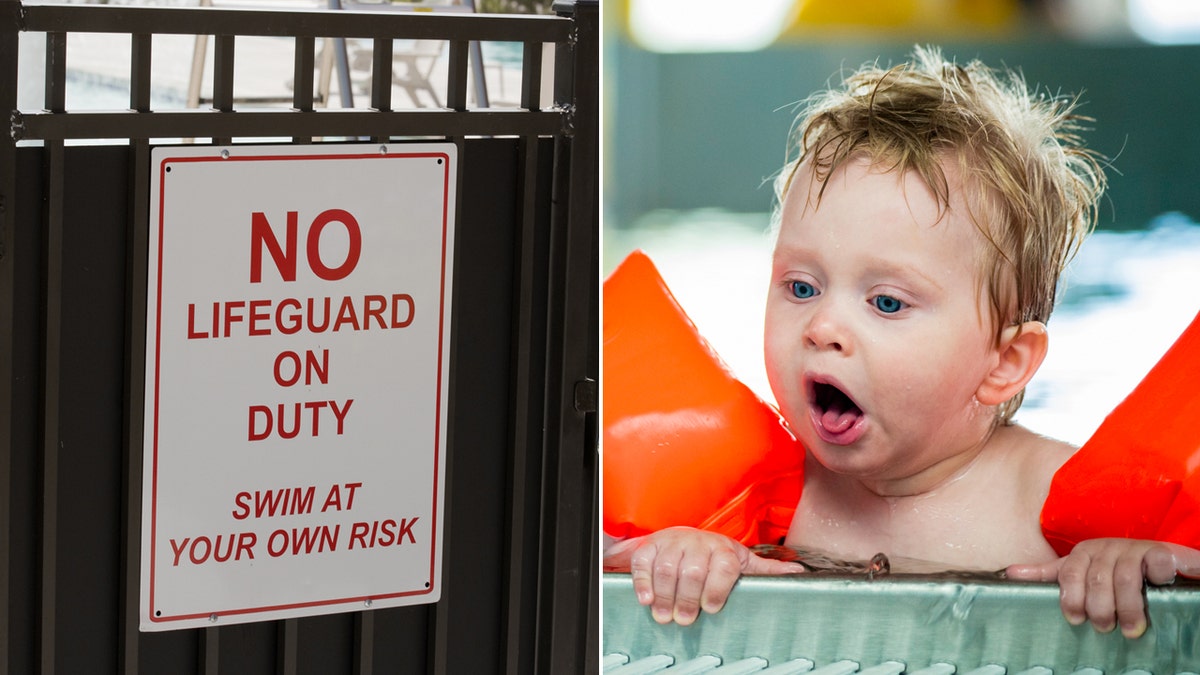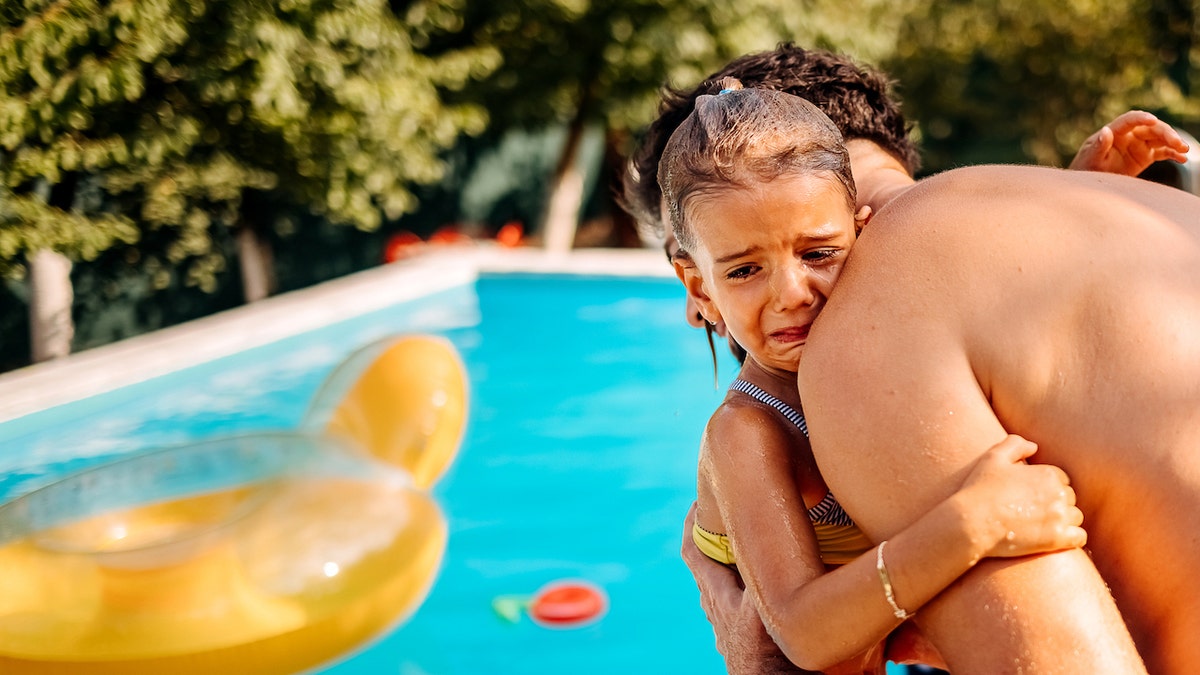Drowning incidents are a serious concern, and it's crucial to understand that danger can persist even after a child appears safe. The Centers for Disease Control and Prevention (CDC) reports thousands of fatal and nonfatal drownings annually, some of which don't present typical drowning symptoms. This phenomenon, sometimes referred to as "dry drowning," is medically known as post-immersion syndrome.

Post-immersion syndrome occurs when water is inhaled, causing inflammation and breathing difficulties. Dr. Denise Scott, a pediatrician and co-founder of an Oklahoma City after-hours pediatric urgent care clinic, explains that while the term "dry drowning" isn't a formal diagnosis, it describes this specific complication. Water entering the airways can trigger a laryngospasm (vocal cord spasm), obstructing airflow to the lungs. This can happen in any body of water, from pools and bathtubs to lakes and hot tubs.
Recognizing the warning signs is vital. Persistent coughing is the most prominent indicator, especially if it continues for 30-60 minutes or longer after the incident. Other immediate signs include difficulty breathing or speaking, rapid breathing, chest pain, wheezing, and vomiting. Later symptoms, appearing within a few hours, may involve confusion, sleepiness, and continued breathing problems, signaling potential oxygen deprivation.

Immediate medical attention is crucial if a child exhibits any of these symptoms. Dr. Scott emphasizes that children with post-immersion syndrome often require hospital observation for several hours. Keeping the child calm can help relax muscle spasms. Untreated, severe laryngospasms can lead to oxygen deprivation and cardiac arrest, potentially causing seizures or brain damage.
Prevention is the best approach. Constant adult supervision is paramount, especially for young children. Those who can't swim should wear personal flotation devices and stay within arm's reach of an adult. Pool fences are essential for preventing accidental entry. Life vests are crucial near lakes. While swim lessons are beneficial, they don't replace vigilant supervision. Learning CPR is also highly recommended for parents.

Although post-immersion syndrome can affect anyone, children are most susceptible. Adults and teenagers are more at risk when swimming under the influence of alcohol. Anyone experiencing persistent symptoms after inhaling water should seek immediate medical attention.
Comments(0)
Top Comments